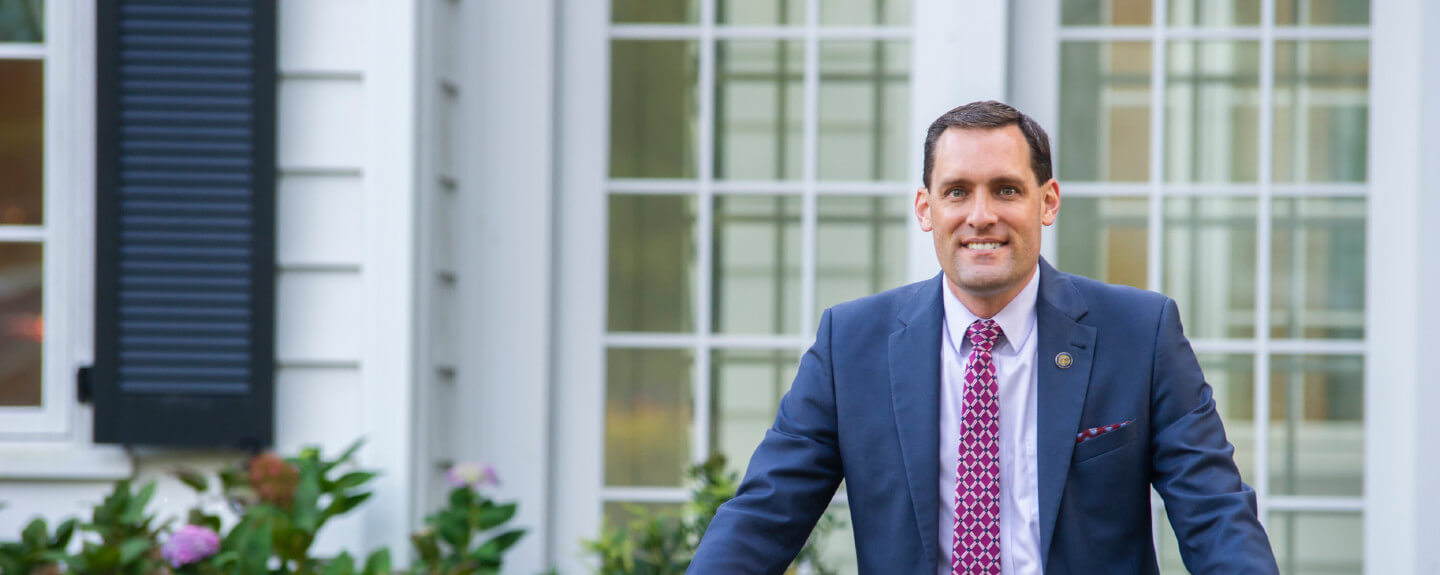Listen, The Children Will Lead Us
In February, I was invited to visit Cedar Ridge High School for a conversation with students. Just days after the tragedy in Parkland, Florida, I knew they would want to talk about guns. What I didn’t know is how much they would teach me about how to have that conversation.
After the 2016 election, the Cedar Ridge Young Progressives and Young Conservatives decided to start having their meetings together. Their big idea was that people might actually benefit from listening to one another across their differences.
As one student said “Once I started to hear about the other side’s policies, I realized that nobody’s out to get the other. People actually want to work together.” Another said, “Everyone has an opportunity to try and understand someone, to try and listen.”
The students really had created a very safe atmosphere. They weren’t sitting in easily identifiable groups, and through most of the discussion I could not tell how many students leaned one way or the other. As an adult who has been made cynical by political division, I was both surprised and pleased.
Similarly, they were surprised to hear from me that in the General Assembly, more than two-thirds of bills pass with unanimous support and close to 90 percent have bipartisan support. Like most Americans, the media has led them to believe that politicians disagree on everything, indeed, that Americans are supposed to disagree on everything based solely on our political affiliation.
In no way did everyone in the room agree on everything. As the conversation turned to guns, there were very strong feelings from students with very different views on the issue. But as one of the young facilitators later explained, “You can only really argue your side after you understand the other side.”
It seemed to me that the common ground in the room was gun safety. Although not universal, there were students from both the progressive and conservative sides that agreed that there should be limits on things that make mass killings much easier, like bump stocks and large-capacity magazines.
Since the meeting, I have been trying to live up to the students’ example. I have been hearing from a number of people who want to talk about guns. While listening and trying to understand, I have also been seeking common ground on gun safety.
One idea that seems to have support from people across the spectrum is the possibility of instituting a new Gun Violence Restraining Order that would allow the temporary removal of weapons from someone who has threatened to harm others with a gun. This exists in several other states, and it has been proposed in North Carolina by Rep. Marcia Morey of Durham.
Rep. Morey is a former district court judge, and she explains that in court, the only way she could remove the weapons from a dangerous person was if there was a domestic violence restraining order against him or her. But what if the person is making threats outside of a domestic relationship? What if he or she threatens to shoot up a school?
The proposed Gun Violence Restraining Order would allow anyone with knowledge of a credible threat to petition a judge for temporary removal of firearms until the threat was gone. A parent concerned about an unstable child could file such a petition, as could a principal or school resource officer who uncovers a student’s written threats of violence towards classmates.
Just like a domestic violence restraining order, this type of safety measure can be removed by a judge at any time and should not last indefinitely as long as the person making threats can demonstrate that he or she is no longer intending to endanger others. Firearms are returned to their owner when the restraining order is lifted. To most people I have spoken with, including gun owners, this idea seems acceptable.
I believe that finding agreement on an idea like this requires two things. The more obvious of the two is that it is a relatively simple and good idea. It is targeted at addressing a problem in a way that does not feel overly broad. Perhaps the more important element of what leads to this agreement is what the students reminded me of. When I talk with people, I listen first. Then when I share an idea, they are more likely to listen.
There has been lots of talk about the young people who are leading in this moment. I am very grateful for the students at Cedar Ridge leading me down this path to listening for common ground. If you’d like to hear more from some of those impressive students, you can find a video of them on my Facebook page. And I’d love to hear from you as well. What are your thoughts on Gun Violence Restraining Orders? Contact me via Facebook or at the email address below.
This is a subject that is gaining traction across the nation. Read what the City Attorney of San Diego has to say about it in this recent Washington Post article.
Graig Meyer is the State Representative for House District 50, covering portions of Orange and Durham Counties. He can be contacted at graig.meyer@ncleg.net.

